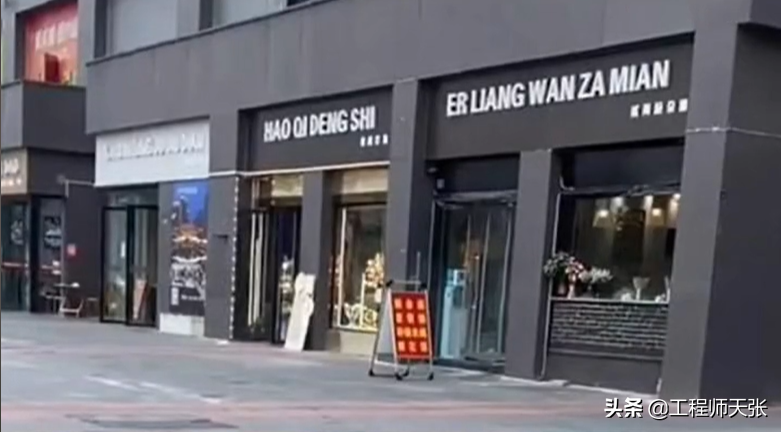
If you see these plaques, will you feel that you are in a foreign country? But the incident took place in a row of shops along the street in Section 5, First Ring Road, Jinjiang District, Chengdu, Sichuan. On the land of China, the focus on this kind of "imitation of foreign language" shop signs is for the sake of foreign style? Connect with the world? Or cultural lack of self-confidence, to put it more seriously, cultural inferiority?
Who told this to happen? And why do you want to do this? @广东台电接新闻 released a video interview with relevant personnel of the street office where the incident occurred, and the reply was: This signboard is part of the construction of the entire First Ring Road market life circle. However, someone in the interview said, "As far as I know, the creation of the market life circle does not include changing this into pinyin." As for changing the signboard to pinyin, the interviewees expressed that they were not clear.

Some self-media releases may be complaints in the videos of the above-mentioned merchants: In order to welcome the Universiade last year, the street asked the merchants to cooperate with the work to change the pinyin plaque, but can foreign friends understand it?
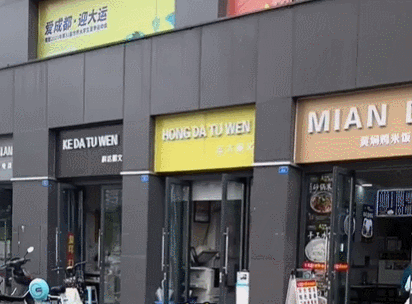
The editor curiously inquired about a certain street view map, which showed that in May 2020, these shops facing the street were still signboards in Chinese characters. The work of creating a market life circle on the First Ring Road of Chengdu will start in 2020, and this work will be Seize the opportunity of Chengdu Universiade's "Sports Camp City". It is understood that the full name of the Chengdu Universiade is the "31st Summer Universiade", which will open in Chengdu on July 28, 2023.
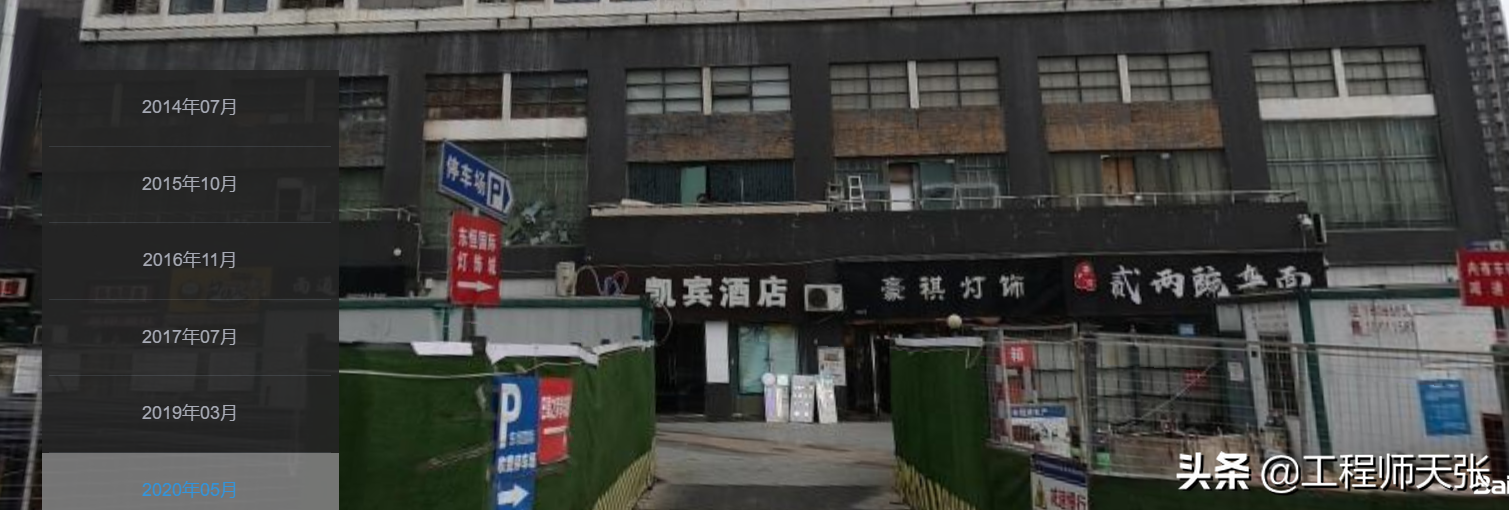
According to our understanding, about 7 stores in a row have uniformly replaced the pinyin plaques. Originally, there were only Chinese characters, but now the Chinese pinyin is highlighted, and only the Chinese character store names are written below in small characters. In this way, it is estimated that foreign friends may not be able to understand it, and we Chinese people will also struggle to see it. Sure enough, merchants also complained that such plaques are not well recognized, which affects their business.
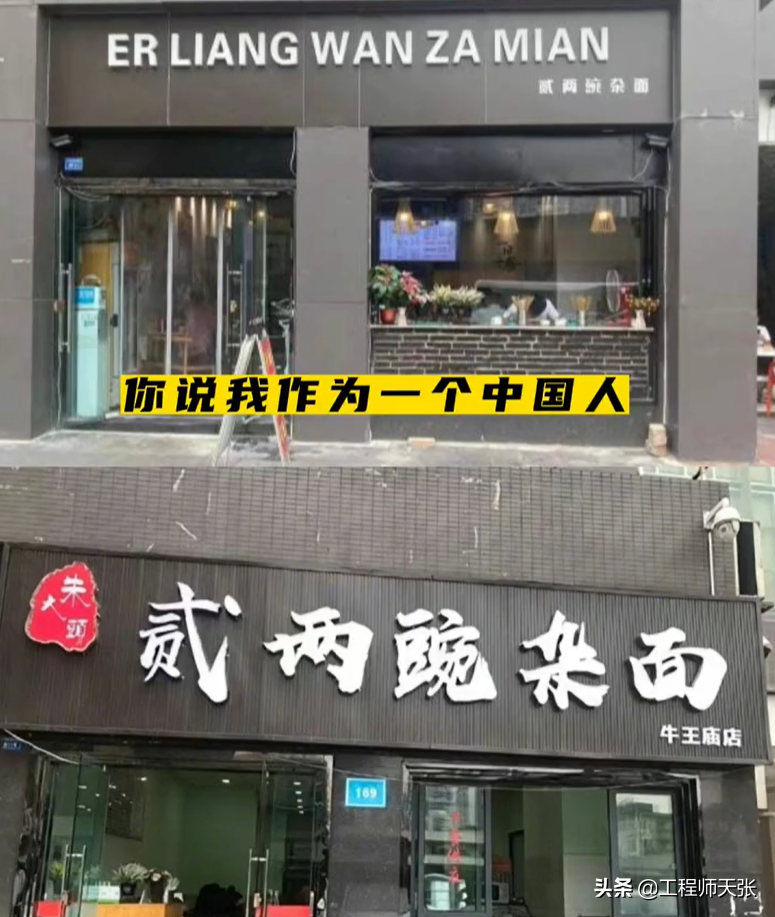
If the merchant said "changing the pinyin plaque is to welcome the Universiade", I think there are two main purposes. One is to create a feeling of being at home for friends from all over the world who come to Chengdu. I feel that the second is to facilitate foreign friends to enter the store for consumption. If it is the first type, the editor thinks that the renovation of some shop signs may not achieve the expected purpose. If it is the second purpose, can it have the desired effect? Simply, let's take a deep look at the history of Chinese Pinyin, maybe you can get some inspiration from it.
How do foreigners understand our square characters?
It is said that our square characters are not easy to learn. It is much more difficult for foreigners to learn Chinese than it is for us to learn English, because we all know that Chinese characters have no phonetic representation, that is to say, a If a person does not know Chinese characters, he will not be able to pronounce the sounds when he sees Chinese characters. Similarly, for us Chinese, if we encounter a Chinese character we don’t know, if we want to know what it reads, we can first find the character in the “Xinhua Dictionary” through the radical search method, and then look at the pinyin marked on it. can be read out.
>>> Law
However, our Chinese characters have a history of thousands of years, and there was no pinyin at the earliest. How did the ancients read a Chinese character they did not know? There are two methods here: straight tone method and reverse cut method. The straight phonetic method is easy to understand. Find a word with the same pronunciation as the word to mark, such as "阵", with the same pronunciation. This method is very convenient, but the defect is also obvious. If the marked characters are not recognized, or some characters have no homophones, it will be difficult to handle. The Fanqie method is a bit more advanced than the Zhiyin method. Two Chinese characters are used to annotate a Chinese character, the initial consonant of the previous Chinese character is taken, and the final and tone of the latter Chinese character are taken to form a sound, such as "Zhong", which is noted as " Only bow", but this method still needs to know some basic and simple Chinese characters, and the defects still exist. This is basically useless for foreigners who do not know Chinese characters.
>>>Roman phonetic notation for Matteo Ricci< /span>
At the end of the Ming Dynasty, some Western missionaries came to China to preach. The first problem they encountered was to know Chinese characters and speak Chinese. One of the more famous ones is Matteo Ricci of Italy. He first systematically used the Roman alphabet to annotate Chinese characters, created a precedent for the phoneticization of Chinese, and wrote a book called "The Miracle of Western Characters" in 1605. 20 years later, the French missionary Jinnige continued to improve on the basis of Matteo Ricci, and compiled "Xiru Ermuzi", which can not only look up Chinese characters according to pinyin, but also look up pinyin according to Chinese characters, and the phonetic is in Nanjing Mandarin , including 25 letters (5 vowels, 20 consonants), and 5 tone marks are also designed. Whether it is Matteo Ricci or Jinnige, their use of Roman letters to phoneticize Chinese characters has also become the source of the modern Chinese pinyin scheme.
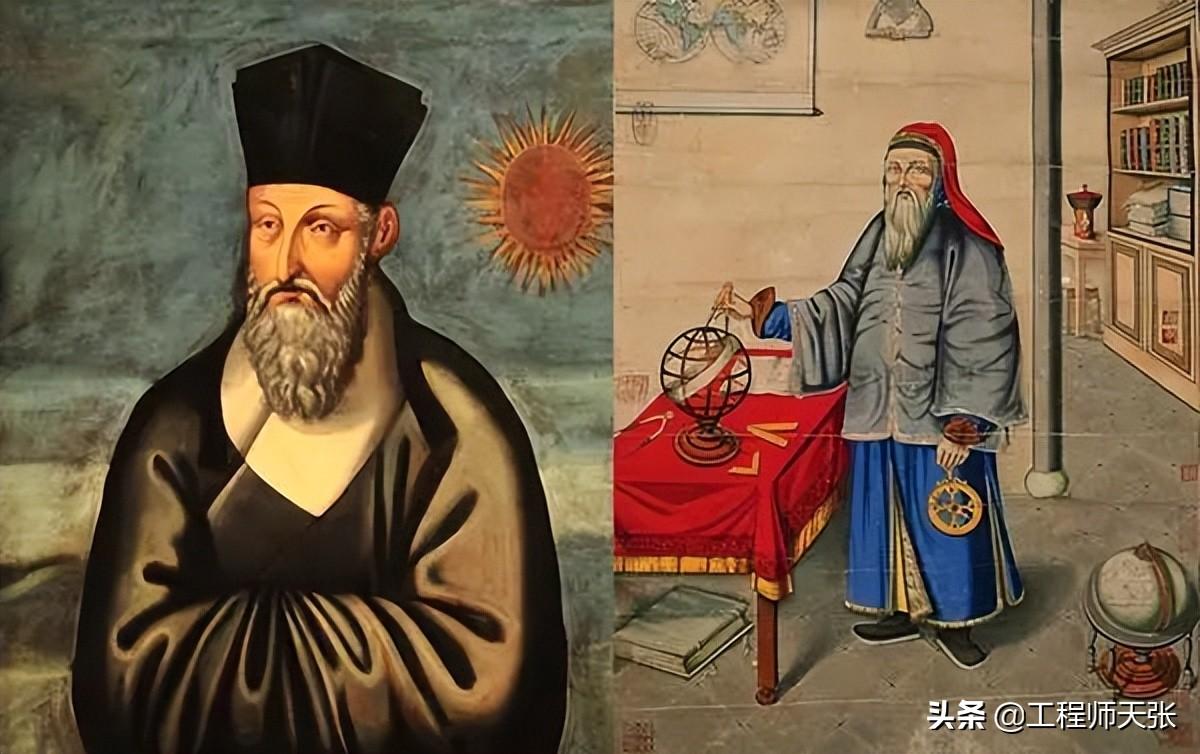
Matteo Ricci and Tang Ruowang
Have you seen it? It seems that the Chinese Pinyin project was originally promoted by these foreign missionaries. Of course, their purpose is not to let Chinese people learn the pronunciation of Chinese characters, but purely for them It is convenient to preach by yourself.

Part of Matteo Ricci's "The Miracle of Western Characters"
>>> Wade Pinyin and Postal Pinyin< /span>
Why is Hong Kong translated as "Hong Kong" instead of "Xiang gang"? With this question in mind, let's look down.
Although there was a Roman pinyin scheme for Chinese characters in the Ming Dynasty, in the Qing Dynasty, the country was closed and the door to foreign exchanges was closed, so the progress of the Pinyin work for Chinese characters basically stagnated. Moreover, the pinyin created by Matteo Ricci and Jinnige is based on the phonetic notation of Nanjing Mandarin, so it will naturally not be popular in the Qing Dynasty.
In 1841, Wade Wade, Secretary of the British Embassy, came to China and stayed there for 40 years. In 1867, he compiled a book called "Language Self-Collected", which is a spoken language textbook for foreigners to learn Beijing Mandarin. In it, he created Wade Pinyin to mark Chinese characters, but the pinyin is Beijing Mandarin. This scheme uses 21 letters to describe initial consonants, and marks them with 1234 in the upper right corner of Pinyin, representing the four tones of Beijing Mandarin.

This scheme is very popular all over the world, and is widely used in transliteration of postal telecommunications, Chinese book cataloging in overseas libraries, Chinese names and place names of diplomatic passports, and this scheme has been continued until In 1982, my country's "Chinese Pinyin Scheme" re-established the international standards for phonetic notation of people's names and place names in my country.
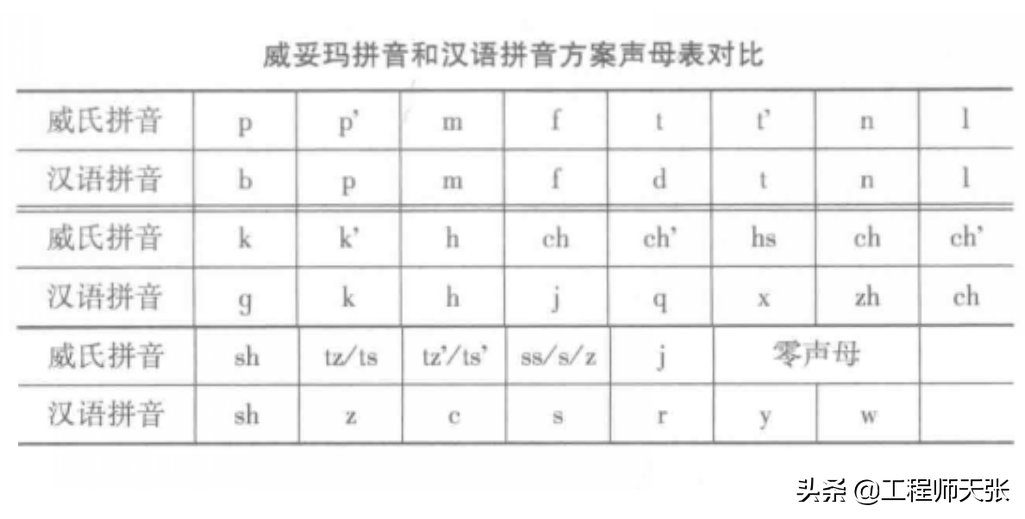
After Wade, another British diplomat in China, Gilles, was also interested in the Chinese phonetic alphabet, and finally published a "Chinese-English Dictionary" in 1892. It has been revised intermittently for 20 years, and the Wade Pinyin has been improved to form the Wade-Gales Pinyin. In 1906, the "Imperial Postal and Telecommunications Joint Conference" was held in Shanghai to standardize and unify the Latinization of place names in my country, and to slightly modify the Wade-Gales-style pinyin, thus forming the "postal-style pinyin", such as The Hong Kong mentioned just now, as well as the well-known Peking University and Tsinghua University, etc., all use postal pinyin. This practice became popular in Western countries in the first half of the 20th century.
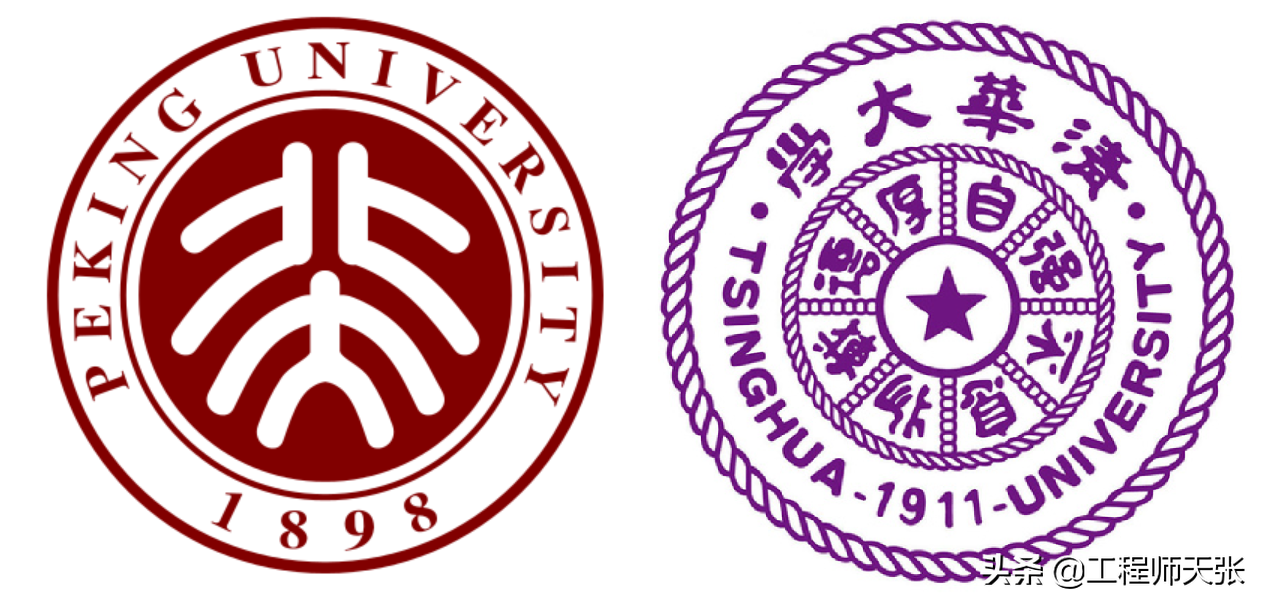
>>> Chinese people's own pinyin phonetic notation
Whether it is Matteo Ricci, Kinney Court, Wade, or Galis, they are all foreigners. In the late Qing Dynasty, under the influence of foreigners' pinyin marking of Chinese characters, Chinese people began to create our own pinyin characters - Qieyin characters, that is, characters that can be pinyin, which became a trend for a while, such as Latin letters, shorthand symbols, and Chinese strokes. , Mathematical symbols, etc., but most of them are popularized among the people.
Finally, in 1913, it aroused the attention of the official of the Republic of China, and organized a "pronunciation unification meeting" in Beijing, and finally launched a set of stroke-style phonetic alphabets for Chinese characters, which was formally established on November 25, 1918. announced. Because these letters were born out of simple ancient Chinese characters, they are in line with the tradition of Chinese characters in our country, and also in line with the cultural atmosphere where social traditions and changes coexisted at that time.
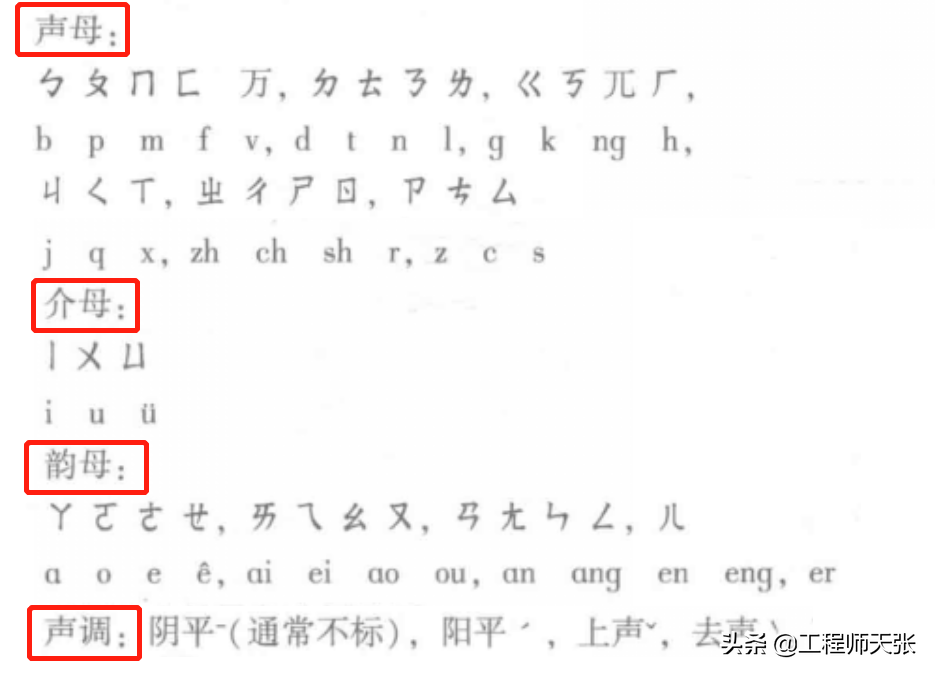
This phonetic scheme was used until about 1958, and even now we can still see the use of such phonetic letters (phonetic symbols) in some versions of dictionaries. Especially after the founding of New China and before the launch of the Latin alphabet pinyin scheme, the elderly people aged 60-70 learned this set of Chinese pinyin marking schemes, but they did not know what children are learning now. Pinyin.

After the founding of New China, the relevant departments of our country launched the "Chinese Pinyin Scheme (Draft)" in February 1956. "Chinese Pinyin Scheme". Since then, this program has been steadily promoted and popularized in primary and secondary schools across the country. After decades of hard work and generations of efforts, it is now deeply rooted in the hearts of the people, and almost everyone can use it.
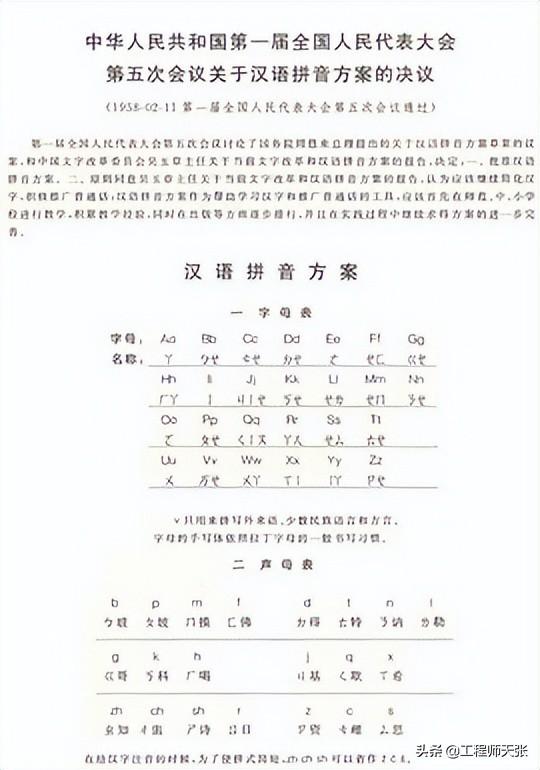
Conclusion
Through combing the historical origin of Chinese Pinyin, we I finally know two important things: One is, the Chinese alphabet pinyin was originally created by foreigners, but the purpose is for foreigners to learn Chinese characters and Chinese language conveniently. Secondly,, the pinyin of Chinese characters we use now is a necessary practice to eradicate illiteracy and improve people's literacy level after the founding of New China.
Looking back, we can see that Chengdu’s practice of asking merchants to change their pinyin signboards seems inappropriate.

First of all is putting the cart before the horse. We adopt the supplementary scheme of Pinyin to promote Chinese characters, not to promote Pinyin, so the signature method of "big characters in Pinyin and small characters in Chinese characters" is overwhelming.
Furthermore, for the convenience of foreign friends, instead of letting them learn Chinese characters by pinyin, it is better to attach a common English translation under the original Chinese character signboard For convenience.
Finally If the signboard is changed to pinyin, it looks like a foreign language and feels very foreign, then it is really unnecessary. We are now advocating cultural self-confidence, and Chinese characters are one of the best carriers of Chinese civilization and fine traditions. At this time, the importance of Chinese characters should be emphasized.

If it is true that "it is for the construction of the first ring road market life circle" as the street staff said, it is possible to properly unify the size, color, font, etc. of the plaque, and at the same time Without losing the characteristics of the store, it will add points and do good things well.
References:
"Pinyin History You Must Know"
Thank you!
Articles are uploaded by users and are for non-commercial browsing only. Posted by: Lomu, please indicate the source: https://www.daogebangong.com/en/articles/detail/Changed%20the%20Chinese%20character%20signboard%20of%20a%20shop%20facing%20the%20street%20in%20Chengdu%20to%20Pinyin%20Who%20is%20it%20for%20Why%20do%20we%20use%20Chinese%20Pinyin.html

 支付宝扫一扫
支付宝扫一扫 
评论列表(196条)
测试